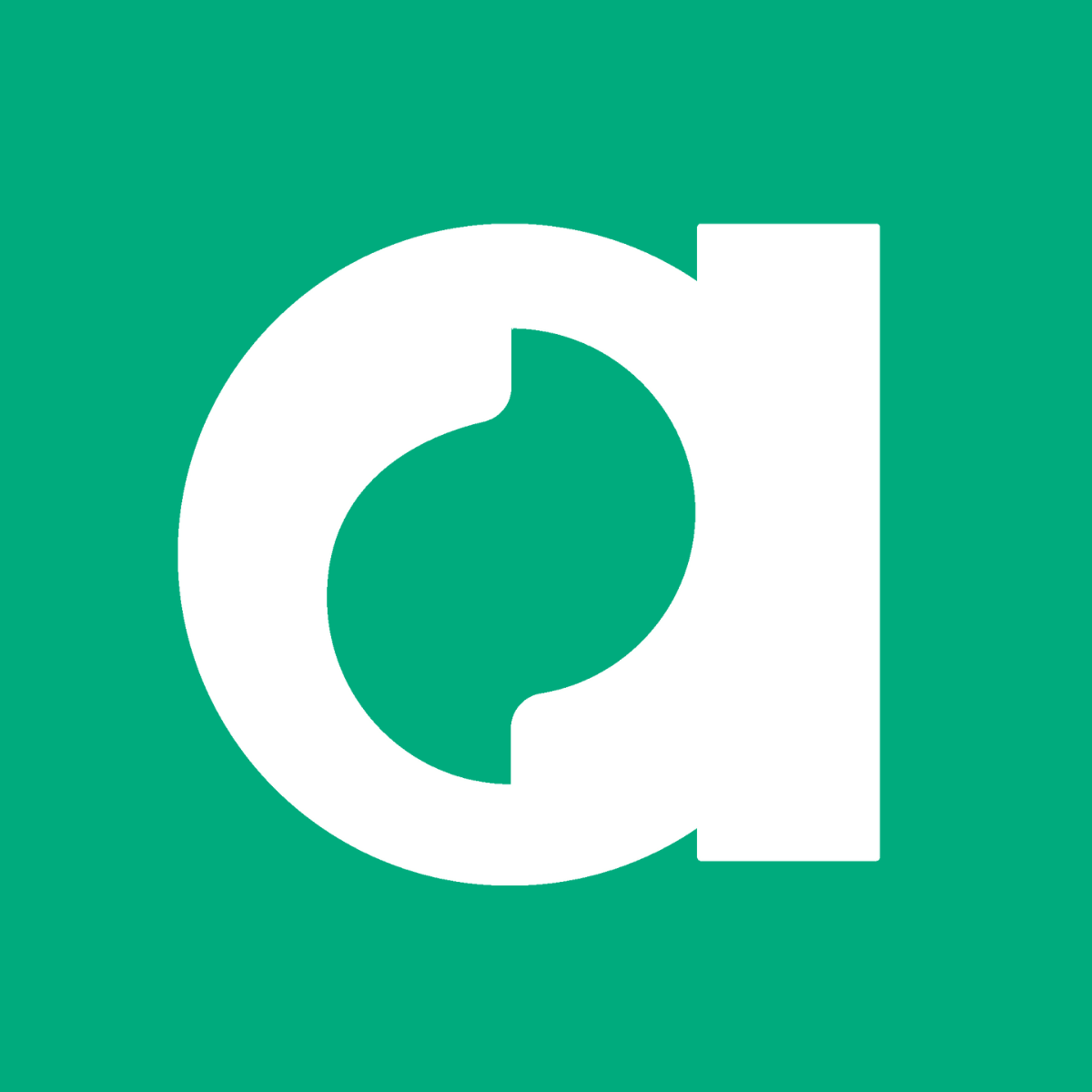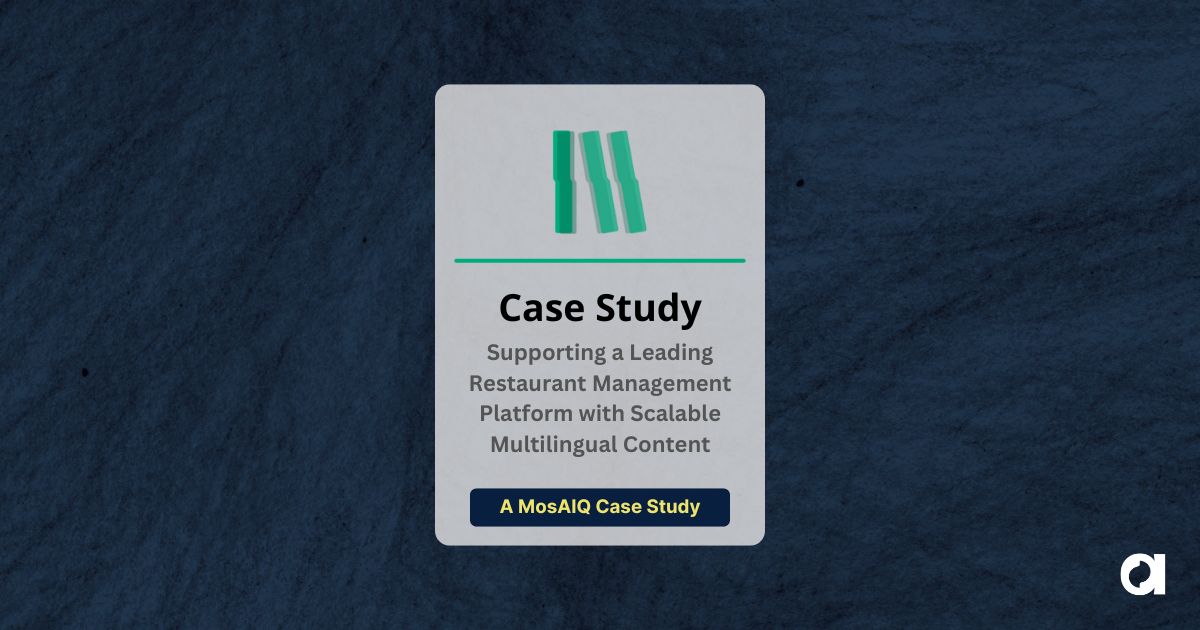Right-to-left (RTL) languages may account for a small share of global online content, but they carry enormous importance in the Middle East and parts of South and Central Asia. Arabic, Hebrew, Persian, and Urdu are the most common RTL languages, each bringing a specific requirement: your content and interface have to be built for a different reading direction.

If you’ve ever switched an app or website into an RTL language, you’ve seen the most visible change—the layout flips so menus, navigation, and text start on the right. But that “flip” is just the surface. Supporting RTL well means thinking through how layouts adapt, how content flows, and how quality checks happen. Those choices need to work together if you want a product that feels natural to every user, no matter which direction they read.
Getting that right starts with three areas: the way layouts are structured, the way content is prepared, and the way quality is tested.
Designing for RTL Languages: Layout, Content, and QA
In this video, Stephanie Harris-Yee breaks down the essential considerations for adapting your websites and products for right-to-left languages like Arabic, Hebrew, Farsi, and Urdu. Discover the challenges beyond simple text direction, from mirroring layouts and handling bidirectional content to managing text expansion and cultural nuance. Learn why thorough testing and QA are critical to ensuring your right-to-left content delivers a seamless user experience for audiences across the Middle East, North Africa, and Central Asia.
Understanding Directionality and Bidirectionality
Directionality is the foundation of how people read and navigate content. In left-to-right (LTR) languages like English, Spanish, or Russian, text and most interface elements begin on the left. In right-to-left (RTL) languages such as Arabic, Hebrew, Persian, and Urdu, the flow is reversed, so text begins on the right and layouts often mirror to match.
It sounds straightforward until you run into bidirectional content. This happens when text in one direction contains elements in the other, like an Arabic sentence with an English product name or a Hebrew paragraph that includes a URL, phone number, or date. The base reading direction changes, but certain elements still follow the opposite flow, especially numbers, email addresses, and brand names.

If an interface isn’t set up for this mix, the reading experience can quickly become awkward. Punctuation may appear in the wrong place, words may break in unnatural spots, and forms can feel clumsy to complete. Planning for RTL works best when directionality is built into the overall design, content, and testing process from the start, rather than treated as a last-minute visual adjustment.
Layout: Structuring for Directionality
Mirroring is the most visible part of RTL support, but it only works if the rules are clear and applied consistently. Navigation and directional cues should guide the eye in the correct direction, while elements that convey time or playback (such as media controls, clocks, or step sequences) keep their original orientation so they remain intuitive.
A design system built on relative positioning makes these adjustments easier. Using “leading” and “trailing” positions instead of fixed “left” and “right” allows layouts to adapt automatically when the reading direction changes. This approach also reduces the need for separate design files for each direction, which saves time in both design and development.
Form fields are another point where directionality matters. Align text entry for RTL scripts to the right, but keep numbers, email addresses, and codes aligned to the left. When this alignment is wrong, users have to work harder to complete forms and are more likely to make mistakes.

Typography choices influence usability as much as layout does. Fonts need to fully support the target script, render clearly at all sizes, and handle bold or italic styles without distortion. Adjust line height and spacing to avoid clipping or crowding. Review margins and padding after mirroring to keep the interface balanced on both sides. Even small adjustments here can make the entire product feel more polished and intentional.
Content: Writing and Preparing for Mixed Directionality
A sentence in Arabic can easily include an English product name, a string of numbers, or a URL. Each of those elements has its own reading direction, and the shift between them has to feel natural for the reader. Numerals, punctuation, and brand names often run left-to-right even in an RTL paragraph, so the interface needs to keep their position and flow intact.
Length and spacing also play a role. Words may expand or contract during translation, and line breaks have to work for both reading directions. Too little space can cause wrapping or truncation, while too much can make the text look disconnected.
Images and graphics with embedded text work best as separate assets so they can be localized without redesigning the entire image. For charts or diagrams, decide early whether the visual flow should mirror the text or stay the same to preserve meaning.
A clear glossary and style guide keep terminology consistent and help avoid costly changes after layout. Locking in preferred terms early means they can be built into both the translation memory and the design specifications, reducing the risk of rework once content is in place.

QA: Validating Usability in Both Directions
An icon pointing the wrong way. A progress bar that moves in the opposite direction. A label floating far from its form field. These are the kinds of issues that often go unnoticed until someone uses the product in an RTL setting. Running the interface with real or simulated RTL content early in development is the fastest way to uncover them.
Automated checks help, but there’s no substitute for native reviewers working on real devices. They can judge whether the flow feels natural, whether mixed-direction elements such as numbers and brand names read correctly, and whether the navigation matches user expectations in that market.
When quality assurance (QA) shares its findings with design and content teams, fixes become part of the system instead of one-off patches. Over time, that collaboration reduces the number of directionality problems that make it into a build. Testing across mobile, web, and desktop ensures RTL behavior stays consistent no matter how or where the product is used.

Going Our Way? Working with Argos on RTL Support
The most effective RTL rollouts happen when the people working on layout, content, and QA are sharing what they see as they go. Small details caught in one place often prevent bigger issues somewhere else, and that’s what makes an interface feel like it was built for its audience from the start.
Our teams have worked with clients to adapt everything from mobile banking apps to large-scale ecommerce sites for RTL markets. In each case, layout, content, and QA were handled together, with feedback loops that caught and fixed issues before release. This approach protects quality, shortens revision cycles, and keeps products consistent across languages and platforms.
If you want to make sure your product handles RTL languages as well as it does LTR, contact us. We can review your current setup, identify directionality gaps, and help you plan for a smooth user experience in every market you serve.
 Liz Dunn Marsi
8 min. read
Liz Dunn Marsi
8 min. read
Behind every smart AI system lies an enormous amount of teaching. Before it can spot patterns or make predictions, someone has to show it what to look for by providing thousands, or even millions, of examples. Those examples only become training material once they’re labeled and structured, a step called data annotation. Think about self-driving […]

 Argos Multilingual
7 min. read
Argos Multilingual
7 min. read
If you’ve ever compared localization quotes, you know how confusing they can be. That’s because vendors don’t all use the same methods to calculate costs. Some rely on word counts and discounts, others add hourly tasks, and still others offer bundled or subscription packages. The result is that they aren’t all pricing the same work. […]











